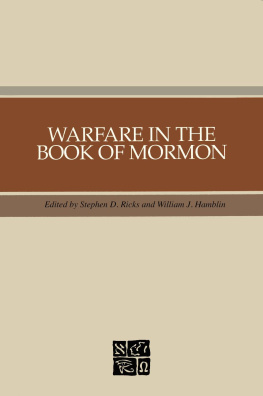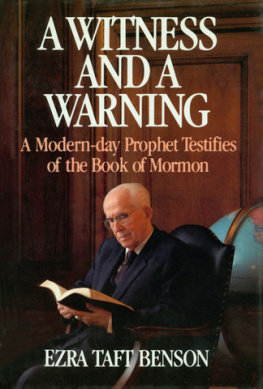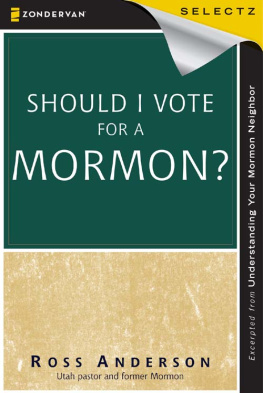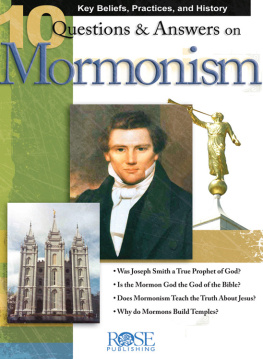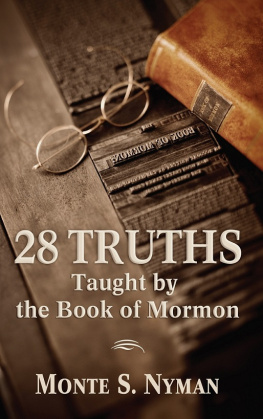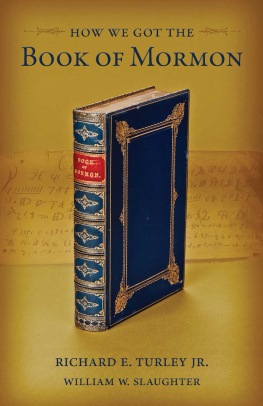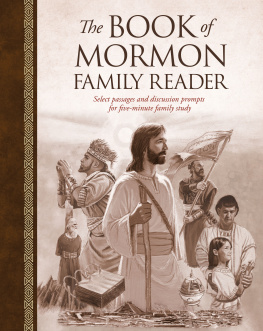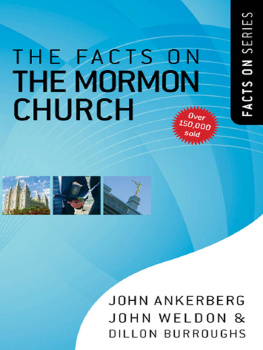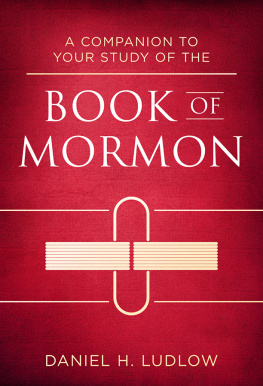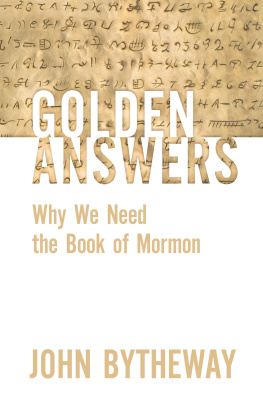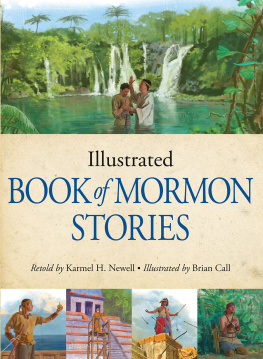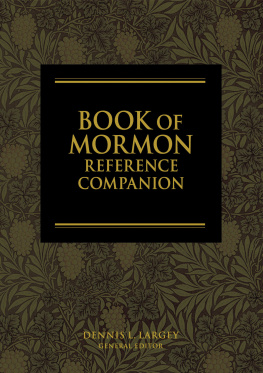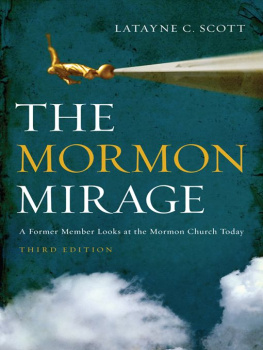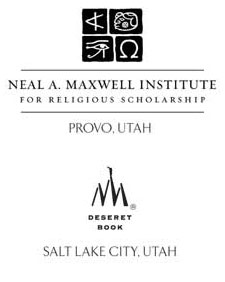Warfare in the Book of Mormon
Stephen D. Ricks, William J. Hamblin
1990 Deseret Book Company.
All rights reserved. No part of this book may be reproduced in any form or by any means without permission in writing from the publisher, Deseret Book Company, P.O. Box 30178, Salt Lake City Utah 30178. This work is not an official publication of The Church of Jesus Christ of Latter-day Saints. The views expressed herein are the responsibility of the author and do not necessarily represent the position of the Church or of Deseret Book. Deseret Book is a registered trademark of Deseret Book Company.
Preface
This volume of articles is based on papers presented at the Symposium on Warfare in the Book of Mormon, held 24-25 March 1989 at Brigham Young University, under the sponsorship of the Foundation for Ancient Research and Mormon Studies (F.A.R.M.S.). The symposium presentations, which were open to the public and frequently attended by capacity crowds, followed on the sessions of the Working Group on Warfare in the Book of Mormon held in August 1987, also at Brigham Young University. One of those who originally presented papers at the Working Group, the late Major Brent Merrill, United States Air Force, died in 1988. However, his papers have been included in this volume.
These meetings represent, so far as we are aware, the first time that an entire conference has been devoted to a discussion of the issue of warfare in the Book of Mormon. While a systematic study of this critical topic has yet to be written, we believe that this volume represents a significant step toward a better understanding of the subject.
Many individuals have been instrumental in the preparation of Warfare in the Book of Mormon. Lyle Fletcher, Adam Lamoreaux, Art Pollard, Shirley Ricks, and John W. Welch, as well as my coeditor, William J. Hamblin, have all played a vital role in the completion of this project. Thanks are due to Shauna Gibby, Patricia J. Parkinson, and Richard Tice of Deseret Book for assistance in seeing this project through to publication. I also wish to thank both the Foundation for Ancient Research and Mormon Studies (F.A.R.M.S.) and the David M. Kennedy Center for International Studies, Brigham Young University, for providing assistance and resources that facilitated the completion of this volume.
Stephen D. Ricks
Introduction
Why Study Warfare in the Book of Mormon?
John W. Welch
The studies on warfare in the Book of Mormon presented at this symposium have been fascinating and enlightening for all involved in the conference and in the F.A.R.M.S. Working Group on Warfare. Much work has been done and has already borne good fruit, but a great deal of thoughtful research and careful evaluation still remains ahead.
People may well ask: Why study warfare in the Book of Mormon? There are many answers, among which are these: to understand better the events in the Book of Mormon, to develop a perspective against which to understand its teachings and messages, to enjoy the interesting lives of a remarkable people, and to aid in assaying the historicity of the book.
It is doubtful that any person can fully understand the entire Book of Mormon without some knowledge of warfare. Wars were important to the people of the Book of Mormon. Not only were armed conflicts matters of life and death, but they were also matters of great political and religious importance. God commanded Nephi to keep not just one, but two sets of records: one of his sacred revelations and ministry, the other (recorded equally by way of commandment) of the wars and contentions of [his] people (1 Nephi 9:4).
Nor can we forget that the prophet-warrior Mormon abridged most of the Book of Mormon. Indeed, most Nephite leaders were both religious and military men: King Benjamin was not only a prophet, but also commander-in-chief, himself wielding the sword of Laban in battle. Although we rarely think of him in this way, Alma the Younger, the high priest and chief judge, was the man who went out at the head of the Nephite armies in the civil war against the Amlicites and who did hand-to-hand combat himself (reminiscent of the heroic tradition of contests between such luminaries as Achilles and Hector, or David and Goliath).
Wars and the politics of war were an integral part of history in the Book of Mormon. Almas concern about the Zoramite defection was one of the main reasons he led a second mission to the land of Antionum. That mission was both religiously and politically based. The treatment and positioning of the Ammonites in the land of Jershon involved strategic considerations and military decisions. The deliverance of Alma the Elder and his people from the land of Helam and of Limhi from the city of Lehi-Nephi were likewise critical episodes in both the religious and military history of these people.
Indeed, most military events in the Book of Mormon have both religious and political importance. The Nephites did not dichotomize their world between church and state as we do. Ancient peoples generally viewed war as a contest between the gods of one people and the gods of another. For the Nephites, however, Gods will was often revealed through the ordeal of battle: God scourged and punished his people by the ravages of war, or God blessed his people by marching at the head of their armies and giving them the victory (this was a deeply held religious belief of Captain Moroni, but one scoffed at by his enemy Zerahemnah). To the Nephites, the matters of war were all-important religious affairs and sacred obligations, not the optional exploits of imperialistic monarchs or of mercenary soldiers of fortune.
Points like these suggest that having the Nephite worldview in mind (as one piece of useful equipment) would be helpful as we strive to understand the attitudes, words, teachings, and important lessons God revealed to these people and as we strive to take those lessons and experiences to heart.
The military record is also an interesting history for its own sake. The Book of Mormon reports many wars, recounting memorable events and courageous deeds of men, women, and youth. Each war was different and distinct, although we often tend to blur them in our own minds. For example, in a sense, the Seven Years War, the Napoleonic Wars, the Franco-Prussian War, World War I, and World War II were primarily the French fighting the Germans, but seeing them all as mere replays one of the other would be wrong. In the same way, the wars in the Book of Mormon were not just a series of reruns, the Nephites against the Lamanites. Each war had different causes, different parties, unique problems, and distinctive consequences. We as a people have not yet come to know the wars of the Book of Mormon as individual conflicts and campaigns (as we know World War II, or the Revolutionary War), but when we come to know each distinctive Book of Mormon war as we know the distinctive wars of the last few centuries, the pages of the book will become more alive to us.
One step in this direction is finding a name for each of the wars in the Book of Mormon. John Sorenson has identified approximately one hundred instances of armed conflict in the Book of Mormon. Below are possible names that might be given to many of the main wars or military campaigns in the Nephite portions of the book, along with brief sociopolitical comments on some of the contributing causes, some of the salient tactics, and some of the resulting consequences that distinguished these conflicts:

